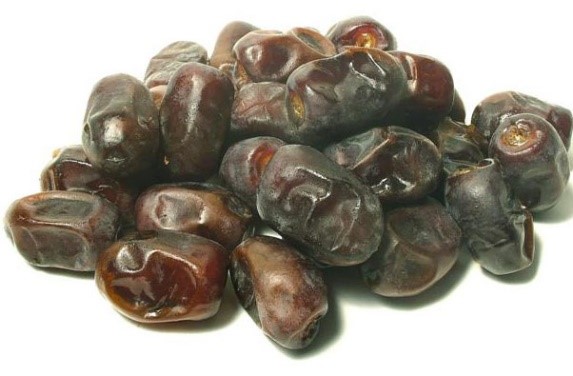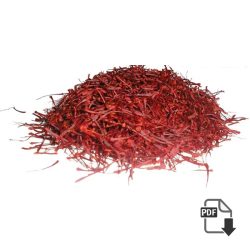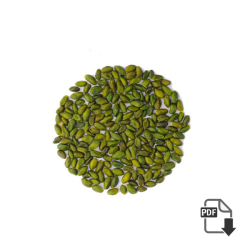Chemical composition of saffron
The main chemical components of saffron are responsible for its taste, aroma, and its color. Simplified crocin produces color, picrocrocin produces flavor and adrenal produces aroma.Chemical composition of saffron
Please for more information or any inquiry click here ……
Color
The color of the saffron is a strong indication of the saffron’s flavor. Color is due to the degradation or the breakdown of arytenoids, such as croc in and crocheting.
Coupe or Cut
Coupe or cut saffron is the name given to saffron, which has been cut so that only the reddest tips are used.
This produces a saffron product with a more intense flavor. Whole saffron strands have naturally occurring yellow or whitish bottom ends. These lighter portions do appear in saffron of slightly lower quality. Chemical composition of saffron
But where their amounts are kept to a minimum, the saffron is perfectly good. A higher price is paid for saffron that has these lighter ends completely removed, as they add weight, but do not add a significant amount of color or flavor to the dish.
The higher price is justified as less of the coupe or cut saffron would be needed to create the same flavor and color. Sargol is the Iranian name for Coupe.
Saffron Crocus
The saffron crocus is the only crocus that can produce the saffron spice.
Soaking
Saffron should be soaked for a minimum of 20 min and up to 12 hours or overnight in a little warm water before cooking. Saffron continues to release its flavor for up to 12 hours after cooking, which is why it is seen as important to soak the saffron strands before cooking.
Soaking or steeping saffron helps to release its full flavor before cooking, in this way less saffron may be needed to achieve the same desired taste.
The highly soluble properties of saffron mean that it can be soaked or steeped in a wide variety of liquids, at a range of temperatures.
It can be steeped in hot or temperate water, broth, milk, white wine, white vinegar, vodka, citrus juice, and even flavored waters such as rosewater or orange blossom water. Chemical composition of saffron
This is one method, but not the absolute rule – saffron is often dried and then crushed with a mortal and pestle.
It is often thrown directly into the pot when time is short, whenever there is an extended cooking process, or when desired. Chemical composition of saffron
Storage
Saffron strands will last for years, if stored in an air-tight container, away from direct light.
Saffron powder must be stored in the same way but should be used within one year of purchase.
Substitute
There is no substitute for the flavor and aroma of saffron.
Saffron substitutes include:
Turmeric, which is a yellow spice, is purchased usually in powdered form, though before grinding closely resembles the ginger root. It delivers some of the same color and a little of the flavor of saffron, perhaps at a cheaper cost. Chemical composition of saffron
Safflower is a thistle-like flower that has seeds that produce an edible oil and birdseed. The flower was traditionally grown for its red dye. Its appearance and color closely resemble saffron, though it delivers little of the saffron taste.
Please for more information or any inquiry click here ……
All Type Of Saffron
-
Saffron Powder Special price + analysis + sale offer
Saffron Powder is not a kind of saffron such as Negin or Pushal. It is a form of saffron, which producers make from grinding the saffron threads in the industrial scope. The final product color is slightly lighter than the…
-
bunch saffron Special wholesale price + analysis + sale offer
Bunch Saffron has different names, such as Dasteh Saffron or Dokhtar Pich Saffron (Dochtar Pitsch Saffron, or Dokhtar Saffron). Dasteh Saffron is the complete stigma (filament) of saffron in bundles. In other words, it contains the stigma with the whole…
-
mancha saffron ( Pushal ) Special wholesale price + analysis + sale offer
Mancha Saffron is the stigma part. Since in Pushal is not cut like Allred during production so the complete red-colored parts are maintained along with a little bit of the orange-colored threads. All the three stigma threads are attached like…
-
Sargol Saffron | most economical saffron for import
Sargol Saffron | most economical saffron for import : sargol saffron consists only of Dark Red Stigma (thread) Tips. So. in other words all the white and orange parts are removed. This saffron is the second most expensive type of…
-
all red saffron | super negin saffron Special price + analysis + sale offer
All Red Saffron | Super Negin Saffron | Best Iranian Saffron : Negin Saffron is the most expensive type of Saffron because it has the highest quality compared to other types. When three stigma threads are attached together we call…


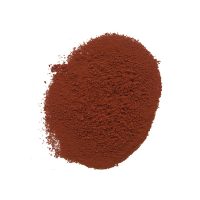
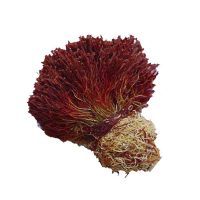
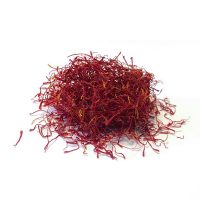
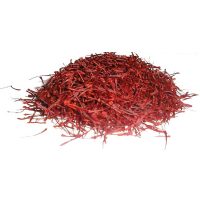
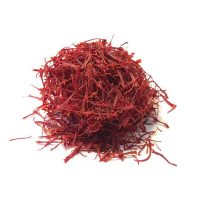
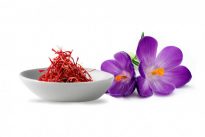
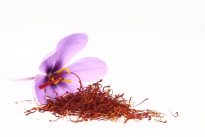
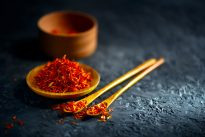
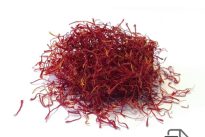
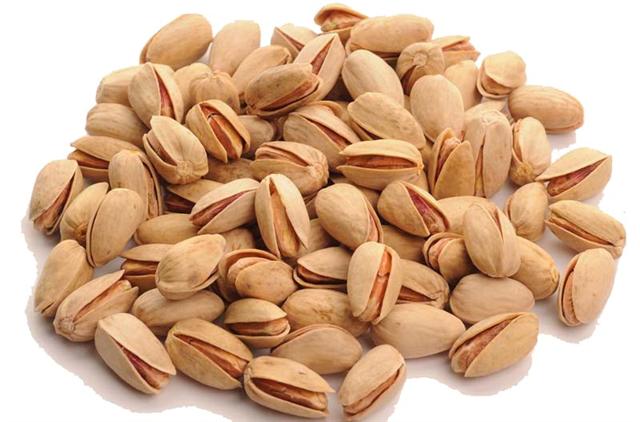
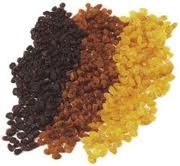 3 kind raisin
3 kind raisin 